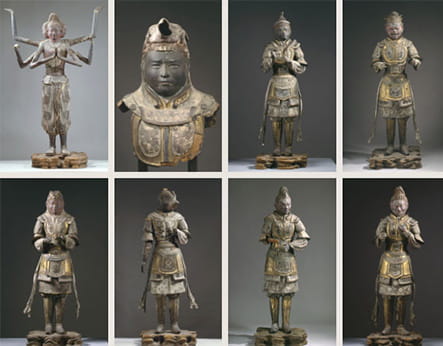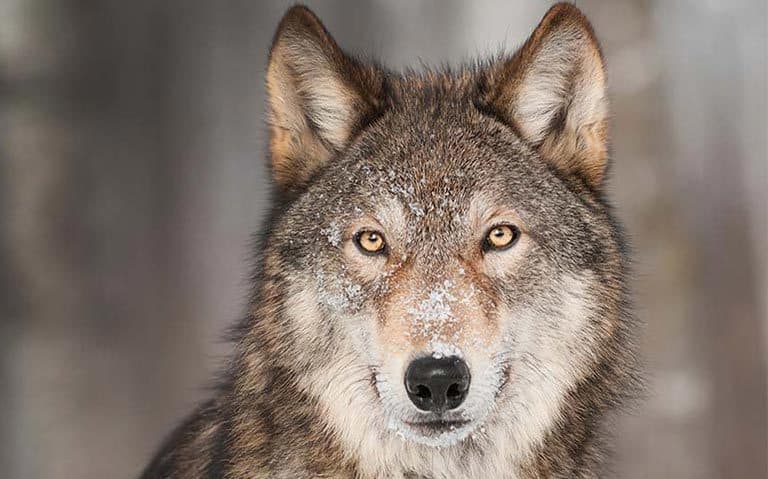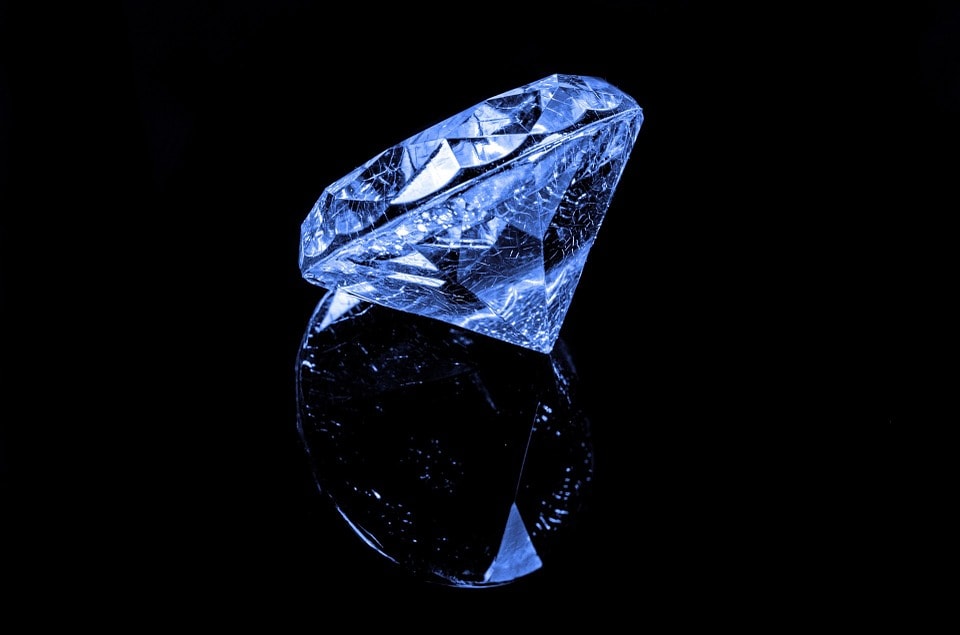What is the Rarest Thing in the World

What is the rarest thing in the world? It’s a question that sparks curiosity, wonder, and sometimes even fascination. Rarity can manifest in various forms—from natural phenomena to extraordinary human creations. This article delves deep into the concept of rarity, exploring different facets of what defines the rarest things on our planet, from precious gems and animals to cultural artifacts and unique experiences.
Understanding Rarity
Rarity is a subjective term that varies significantly based on context. When we consider what is the rarest thing in the world, we must examine it from various angles: material, experiential, existential, and ecological. Each context provides us with its criteria for rarity, often shaped by cultural perspectives, economic value, and environmental conditions.
The Concept of Rarity in Nature
Nature offers some of the most profound examples of rarity. From endangered species to rare minerals, the Earth’s ecosystems are filled with organisms and materials that take millions of years to form yet are at risk of extinction or depletion.
Endangered Species

The plight of endangered species provides a poignant illustration of rarity. Numerous animals face severe threats due to habitat destruction, climate change, and poaching.
Many people view the last few individuals of certain species, like the Javan rhino or the Vaquita porpoise, as some of the rarest living beings on Earth. This perspective elevates their status beyond mere existence; they embody stories of survival, resilience, and the urgent need for conservation efforts.
The emotional weight attached to these creatures can push communities and governments to action. For instance, the California condor was brought back from the brink of extinction through dedicated conservation programs. Such initiatives not only highlight the rarity of these species but also emphasize our responsibilities in preserving biodiversity.
Rare Minerals and Gems

Beyond living beings, nature has bestowed upon us an array of minerals and gemstones, some of which are incredibly rare. Take, for example, painite—a mineral so rare that for decades, only three crystals were known to exist. Today, it remains one of the rarest gems on Earth, coveted not just for its value but also for the story behind its discovery.
The allure of rare gemstones like red beryl or blue garnet lies not only in their beauty but also in their scarcity. Collectors and jewelers often pay exorbitant prices to attain these gems, viewing them as symbols of prestige and wealth. The rarity of such stones drives markets and fuels desires, leading to both appreciation and exploitation.
Cultural Artifacts as Rare Treasures

Cultural artifacts are another dimension where rarity takes center stage. Throughout history, humanity has created objects of immense cultural significance, many of which have become rare over time due to wars, colonization, or simply the passage of time.
Uniqueness of Historical Artifacts
Consider the Dead Sea Scrolls. Discovered in the mid-20th century, these ancient manuscripts are not just rare; they are invaluable records of early religious texts that provide insight into the beliefs and practices of ancient peoples. Their existence adds layers of meaning to our understanding of history, spirituality, and culture.
Similarly, the Mona Lisa represents rare artistic mastery. Beyond its fame and monetary value, it’s a singular creation that offers insights into the mind and techniques of Leonardo da Vinci. The artwork’s rarity is amplified by its preservation and its place within the narrative of art history, making it a symbol of cultural identity and achievement.
Living Traditions
Moreover, certain cultural traditions and languages are becoming increasingly rare as globalization homogenizes societies. For instance, indigenous languages face the threat of extinction as younger generations adopt dominant languages for economic reasons.
This loss is more than linguistic; it signifies the disappearance of entire worldviews, knowledge systems, and identities. Efforts to preserve these languages involve documenting them, creating educational resources, and encouraging community engagement. Here, rarity extends beyond objects to encompass ways of life, underscoring the connection between culture and identity.
Human Experiences and Emotions
When considering what is the rarest thing in the world, we should also contemplate human experiences and emotions. Life holds moments that are fleeting, unique, and irreplaceable—moments that become etched in our memories forever.
The Rarity of True Love

One of the most celebrated instances of rarity in human experience is true love. While many claim to have experienced love, finding a connection that transcends the ordinary is a rare treasure.
True love encompasses mutual respect, understanding, and sacrifice, creating bonds that weather storms and stand the test of time. Couples who have endured challenges together often describe their love as something akin to a rare gemstone—beautiful and enduring, yet incredibly hard to find.
Such relationships contribute to our collective understanding of love, helping us appreciate its nuances and complexities. They serve as reminders that while love may be common, true love is exceptional and worth cherishing.
Unique Experiences
Life presents us with countless unique experiences that shape our perspectives. Whether it’s witnessing a breathtaking sunrise atop a mountain or participating in a cultural festival that celebrates your heritage, these moments are fleeting and rare.
These experiences create lasting impressions that influence how we view ourselves and the world around us. In essence, they mold our identities. Although many people travel and seek adventure, the rare moments that profoundly impact us are often unexpected and spontaneous, reinforcing the idea that the journey is just as important as the destination.
The Importance of Memories
Memories too, are rare in their own right. Our recollections are shaped by our perceptions, emotions, and experiences, making each memory unique. Some memories evoke joy, while others may stir feelings of nostalgia or sadness.
In this way, our memories become treasures that we carry with us throughout our lives. They define who we are and what we value, serving as a reflection of our past. As we age, we realize the importance of cherishing these memories, for they represent the rarest aspects of our existence—our individual journeys through life.
The Role of Technology in Rarity

As we explore the question of what is the rarest thing in the world, it is essential to acknowledge how technology influences rarity. In the digital age, access to information and communication has transformed the landscape of rarity.
Digital Art and NFTs
Recent innovations, particularly in digital art, have introduced new definitions of rarity. Non-fungible tokens (NFTs) present a fascinating intersection of art and technology.
Creators can mint digital pieces as unique assets, establishing a sense of rarity that didn’t exist before. For instance, Beeple’s digital artwork sold for millions, emphasizing a new market where rarity is defined by ownership rather than physical presence. This shift invites questions about the nature of art and value in a rapidly evolving world.
However, the rise of NFTs also highlights the paradox of digital rarity; while creators can produce limited editions, the ease of replication raises concerns about authenticity and intrinsic value. The conversation surrounding digital art continues to evolve, reflecting broader societal changes regarding ownership, creativity, and consumption.
The Impact of Climate Change
Technological advancements and industrialization have consequences that affect the rarity of natural resources. Climate change threatens many ecosystems, leading to the endangerment of species and the depletion of resources.
As we witness shifts in climate patterns, we must confront the reality that what was once abundant may become rare. Water scarcity, for example, poses significant challenges for communities worldwide. In regions where resources are dwindling, understanding the interplay between technology and nature becomes crucial in preserving what remains.
Unique Online Experiences
Technology has also facilitated unique online experiences. Virtual reality and augmented reality open doors to experiences that were once impossible. People can now attend concerts halfway across the globe or explore ancient ruins from the comfort of their homes.
As these technologies continue to evolve, they redefine how we engage with the world. However, the virtual realm raises questions about the authenticity of experiences; does participating in a virtual concert compare to being physically present? The rarity of genuine human interaction and connection becomes increasingly valuable amidst technological advancement.
FAQs

What is considered the rarest animal in the world?
The rarest animal is often considered to be the Vaquita, a small porpoise found in the Gulf of California, Mexico. With fewer than thirty individuals remaining, this species faces imminent extinction primarily due to illegal fishing practices.
Are rare things always valuable?
Not necessarily. While rarity can enhance value—especially in the realms of collectibles and commodities—true worth is determined by other factors such as cultural significance, emotional resonance, and historical context.
What makes a plant rare?
A plant may be deemed rare due to its limited geographical distribution, low population numbers, or specific environmental requirements. Many rare plants are threatened by habitat destruction and climate change.
How do cultures define rarity?
Cultures define rarity based on their values, beliefs, and historical contexts. Something considered rare in one culture may hold little significance in another. This subjectivity reveals the diversity of human experience and perception.
Can modern technology create rarity?
Yes, technology can create rarity, especially in digital spaces. Innovations like NFTs allow for the establishment of unique digital assets, fundamentally altering how we view ownership and value in the digital age.
Video
Conclusion
In answering the question of what is the rarest thing in the world, we find that rarity extends far beyond tangible items. It encapsulates the fragility of existence, the uniqueness of experiences, and the depth of human emotion. Whether it’s endangered species, unique cultural artifacts, or extraordinary connections between people, the rarest things remind us of the beauty and complexity of life. As we navigate a rapidly changing world, recognizing and valuing rarity can inspire us to cherish the extraordinary aspects of our existence and protect them for future generations.









